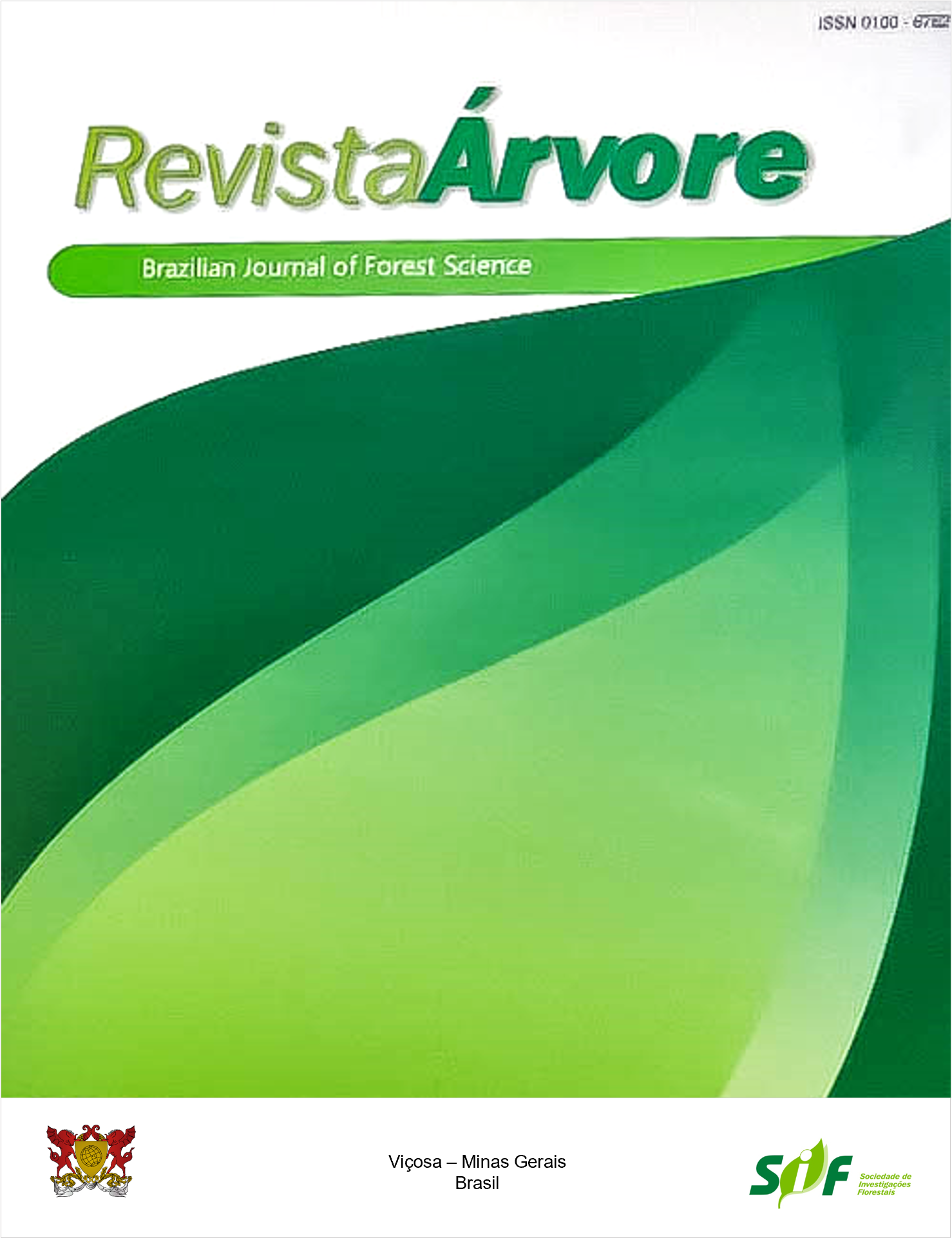INFLUENCE OF PUMP PRESSURE AND ENGINE SPEED ON ERGONOMIC PARAMETERS OF FORWARDER OPERATORS
Keywords:
Wood extraction, Occupational diseases, Forest harvestAbstract
Reducing engine speed and pressure of forest machine hydraulic pumps may be a strategy to achieve a reduction in fuel costs. However, this approach can positively or negatively affect the ergonomic parameters of the operators, in particular, the whole-body vibration and repetitive movements of the operators. The objective of this research was to evaluate the acceleration force resulting from normalized exposure (Aren) and the Real Occupancy Rate and Maximum Occupancy Rate considering Repetitive Activities (ROR-MORCRA) of forwarder operating at different pump pressures, engine speed, and volume of trees. The research was carried out in forest stands with an individual average volume of 0.10, 0.14, and 0.29 m³ tree-1. For each volume, the machine was configured to operate at hydraulic pump pressures of 240, 235, and 230 bar and engine speed of 1550, 1475, and 1400 rpm, totaling 9 combinations. The values were measured in the 9 combinations and also in each phase of the machine operational cycle, using a triaxial accelerometer of the 01dB brand, model Vib 008. To determine ROR, percentage of rest due to regular breaks, percentage of time with low demand activities, percentage of usual irregular breaks, and percentage of very short breaks were calculated. To estimate MORCRA, the repetition, strength, and static effort factors were calculated. In volumes of 0.10, 0.14, and 0.29 m³ tree-1, the highest Aren values were 0.82, 0.88, and 0.99 m s-2, respectively, being obtained at the 1550 rpm engine speed. The forwarder logging operation is characterized as an ergonomic risk, which can cause discomfort, fatigue, and injuries to operators.
Keywords: Wood extraction; Occupational diseases; Forest harvest
Downloads
Published
How to Cite
Issue
Section
License
Copyright (c) 2021 Revista Árvore

This work is licensed under a Creative Commons Attribution 4.0 International License.
All authors agreed to submit the work to Revista Árvore and granted the exclusive license to publish the article. The authors affirm that it is an original work and has not been previously published elsewhere. The scientific content and opinions expressed in the article are the sole responsibility of the authors and reflect their opinions, not necessarily representing the opinions of the editorial board of Revista Árvore or of the Society of Forest Investigations (SIF).




